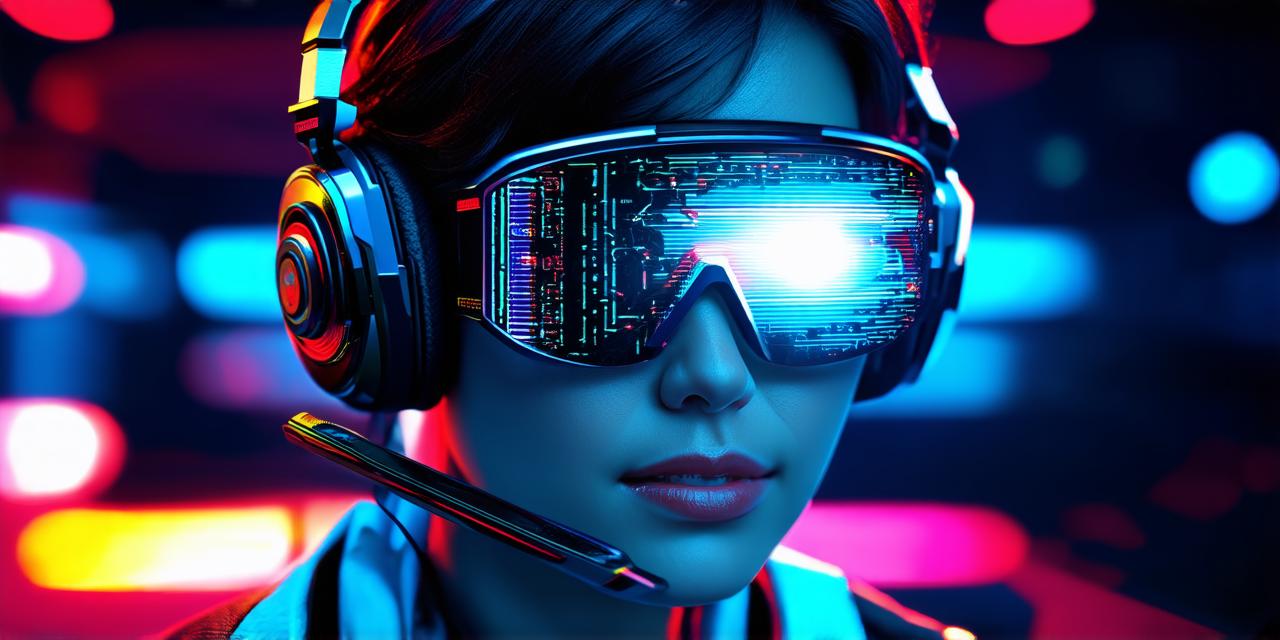Augmented Reality (AR) is a technology that overlays digital information onto real-world objects or environments. It allows users to interact with virtual objects and experiences in their physical surroundings, creating a seamless blend of the physical and digital worlds.
AR technology works by using sensors, cameras, and algorithms to track the position of a device in the physical world. Once the position is determined, relevant digital content is displayed in real-time, allowing users to see virtual objects and experiences overlaid onto their physical environment. This creates an immersive experience for users that allows them to interact with virtual objects as if they were real.

One of the key features of AR applications is their interactivity. Users can touch, move, and manipulate virtual objects as if they were real, creating a truly immersive experience. For example, an AR application for a car dealership could overlay digital information about a specific car model onto the physical car in the showroom. This allows users to see the features and benefits of the car in a more interactive way.
Another important feature of AR applications is their real-time visualization. AR applications display digital content in real-time, allowing users to see the virtual objects and experiences overlaid onto their physical environment. This creates a seamless blend of the physical and digital worlds that allows users to engage with both environments at once.
Geolocation tracking is another important feature of AR applications. Sensors and algorithms are used to track the position of a device in the physical world, allowing AR applications to display relevant content based on the user’s location and surroundings. This can be particularly useful for applications that require users to be in specific locations or environments.
Object recognition is another important feature of AR applications. AR applications can recognize real-world objects and use that information to enhance the user’s experience. For example, an AR application for a biology class could allow students to explore the anatomy of a virtual animal. This would provide students with a more interactive and immersive learning experience.
Finally, 3D visualization is another important feature of AR applications. AR applications can display three-dimensional objects and experiences, creating a more realistic and immersive experience for users. This is particularly useful for applications that require users to interact with virtual objects in a more lifelike way.
AR technology has numerous real-world applications in various industries. In retail, AR applications can be used to enhance the shopping experience for customers. For example, an AR application for a furniture store could allow customers to see how a piece of furniture would look in their home before they buy it. This can help customers make more informed purchasing decisions and reduce the number of returns.
In education, AR applications can be used to provide students with interactive and immersive learning experiences. For example, an AR application for biology class could allow students to explore the anatomy of a virtual animal. This would provide students with a more engaging and interactive way to learn about biology.
In healthcare, AR applications can be used to enhance patient care and outcomes. For example, an AR application for surgery could help surgeons visualize the patient’s anatomy in real-time, improving accuracy and reducing the risk of complications. This would provide patients with a more accurate and safe surgical experience.
In gaming, AR applications can be used to create immersive and interactive experiences for players. For example, an AR game for Pokemon Go uses real-world environments as the backdrop for virtual battles. This creates a unique and engaging gaming experience that allows players to interact with their environment in a more meaningful way.
Overall, an augmented reality application is a technology that enhances real-world environments with digital elements. AR applications offer a unique way for users to engage with their environment and have become increasingly popular in recent years. As AR technology continues to evolve, we can expect to see even more innovative and immersive experiences in the future.
